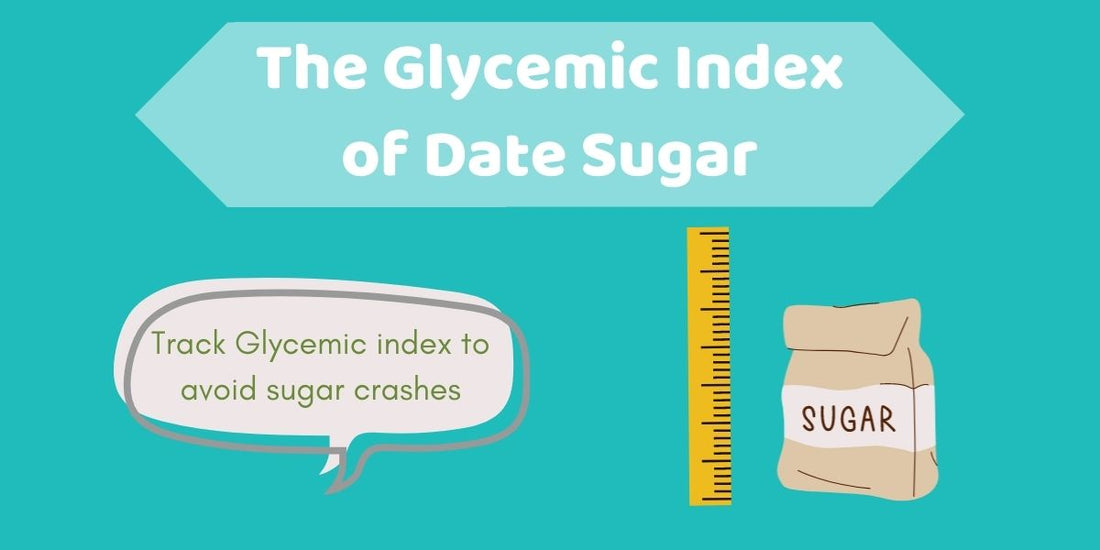
Glycemic Index of Date Sugar and Why it Matters
Share
Glycemic Index of Date Sugar
The Glycemic Index of dates ranges from 44 - 53 depending on the variety of date. According to Bartmaes.eu, the Glycemic Index of date sugar is 55.
If you're like me, these numbers might not mean much to you. You may not know what the Glycemic Index is and what it is used for. In this blog, we will discuss what Glycemic Index (GI) is and why it is important to prioritize foods with a low GI.
What is Glycemic Index?
The glycemic index is a measurement from 0 to 100 of how fast a particular food causes blood sugar levels to rise. When blood sugar levels rise quickly, you are more prone to experiencing sugar crashes, loss of energy, and potentially other dangerous health complications. The GI helps you moderate the amount of high sugar and high carbohydrate foods that you eat.
There are 3 categories for GI ratings:
- Low: 55 or less
- Medium 56-69
- High 70 or above
Examples of high GI foods are:
- white bread
- sugary soft drinks
- cakes
- cookies
- white rice
- breakfast cereal
Examples of low GI foods are:
- eggs
- chicken
- green vegetables
- chickpeas
- lentils
- raw carrots
Since date sugar has a GI of 55, it is considered a low GI food.
The Bottom Line
Date sugar is a low Glycemic Index food. This means that it is a safer option for people with diabetes or those who desire to avoid sugar crashes. Subbing refined sugars for date sugar is a great way to reduce the GI of any recipe.
If you're interested in cooking with date sugar, we have a detailed guide that will give you tips and tricks on how to substitute refined sugar with date sugar. Also, our nutrition page breaks down which vitamins and health benefits date sugar provides.
